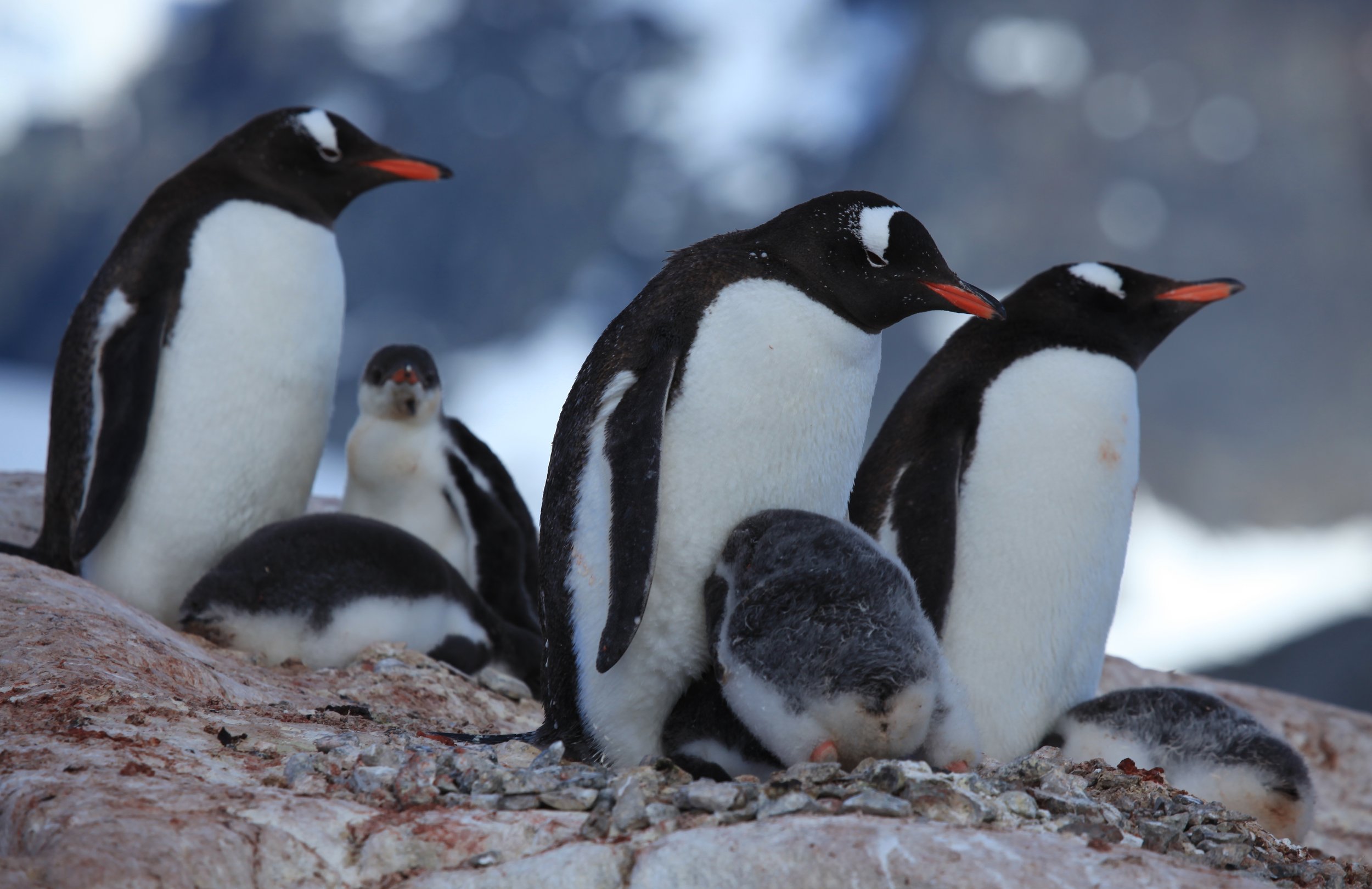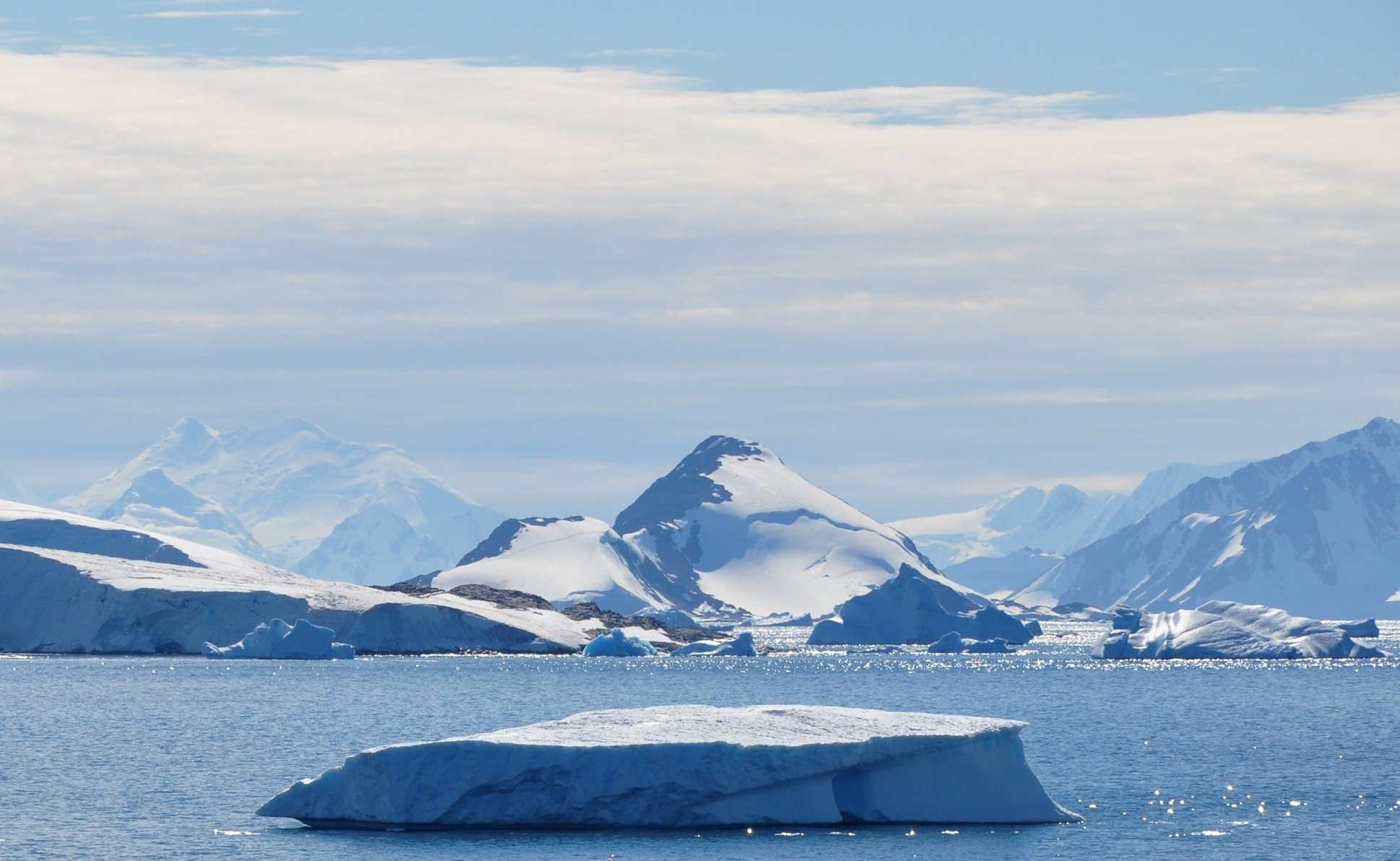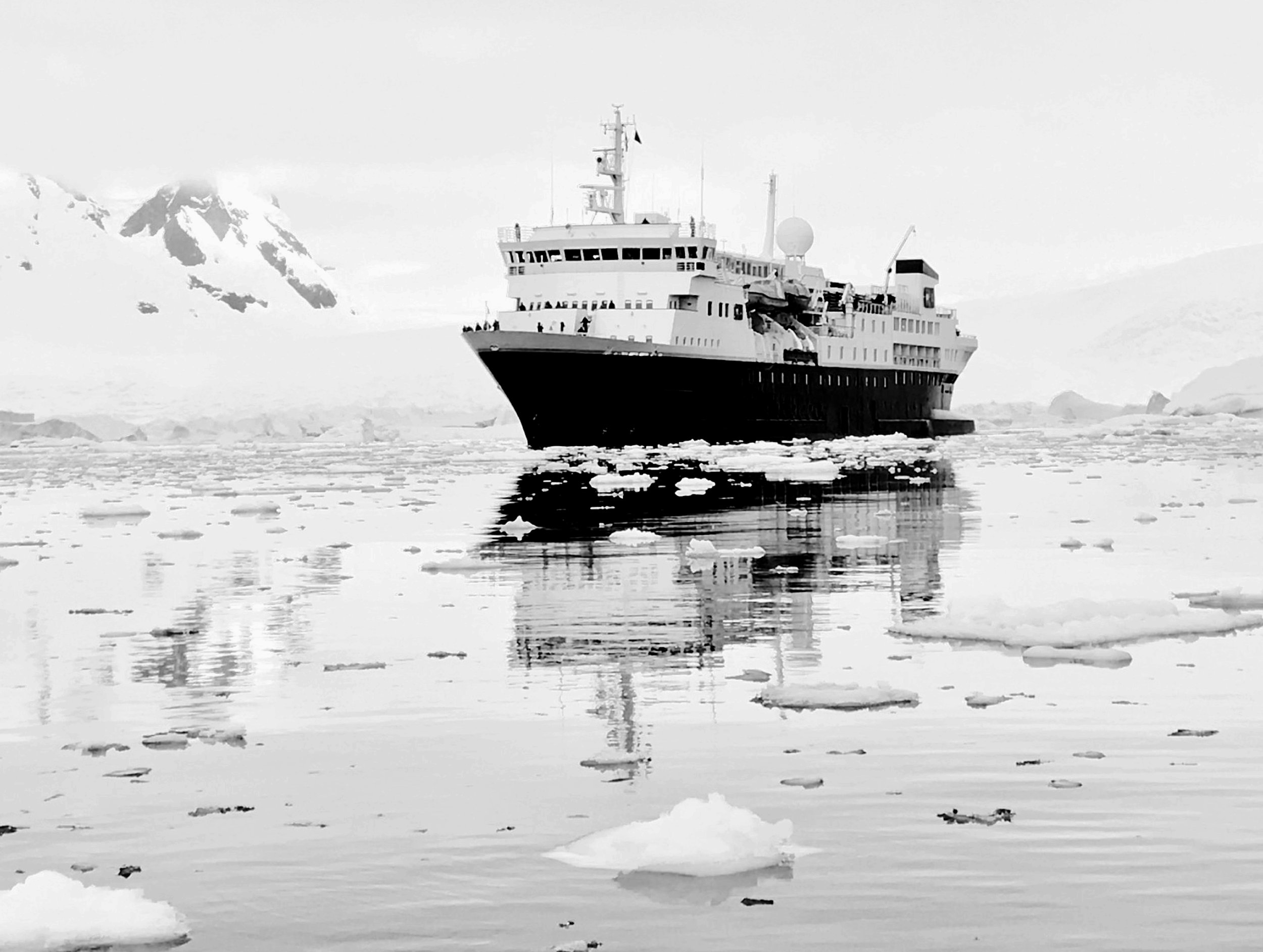Antarctica in July
Antarctica casts an irresistible spell year-round, but the continent's July charm holds an otherworldly appeal to those adventurous souls who seek to experience this remote wilderness during its transition from a sunlit wonderland to the frigid heart of its polar winter. For adventure travelers, nature enthusiasts, and environmentalists alike, the thought of experiencing Antarctica's unique July landscape is as thrilling as it is humbling.
July in Antarctica not only offers the chance to witness the awe-inspiring change of seasons but also presents a host of fascinating experiences that are exclusive to this time of year. This comprehensive guide is tailored to anyone considering the visit of a lifetime to the southernmost continent, offering insights, highlights, and practical knowledge to ensure your exploration of Antarctica is as enriching as it is exhilarating.
Weather in Antarctica in July
During July, Antarctica begins its seasonal transformation, marking the arrival of autumn with a notable decline in temperatures. Antarctica weather in July, can be described as harsh, with average temperatures ranging from -35°C to -45°C in the interior regions, and milder, near-freezing temperatures near the Antarctic Peninsula. This is a month of minimal daylight, with just a few hours of twilight serving as a stark reminder of the impending winter darkness.
Traversing the icy expanses in July is not for the faint of heart, as travelers can expect to encounter high winds and sub-zero temperatures. However, for those who possess the necessary gear and fortitude, this is a time when the landscapes reveal their most breathtaking forms — a mosaic of ice, snow, and the profound silence of one of Earth's most pristine and untouched regions.
Challenges and Considerations for July Travel
The transition to polar winter brings with it increased logistical challenges for travel to Antarctica in July. The season marks the beginning of the 'freeze-up,' when sea ice closes off many of the popular destinations on the coast, limiting expedition options. Weather delays become a greater factor as storm systems sweep the continent, and rough seas can make crossings to the more remote regions treacherous.
The key to a successful July excursion to Antarctica lies in preparation and flexibility. Travelers must come equipped with winter clothing layers, including windproof and waterproof outer shells. When planning an Antarctic trip for July, it is essential to allocate extra time for potential delays and to book with an operator who understands the challenges and has contingency plans in place.
Where to Go in Antarctica in July
The Antarctic Peninsula
Celebrated for its stunning vistas and relatively temperate climate, the Antarctic Peninsula is a focal point for many skippers navigating southward in July. Visitors to this stretch of land will be treated to towering iceberg formations, rugged mountain ranges, and abundant seabirds.
South Shetland Islands
This archipelago serves as a gateway to the Antarctic for many expeditions in July, with its numerous landing sites and diverse wildlife, including penguins, seals, and bird species. For those with a spirit of exploration, the South Shetlands are rich with historical and scientific interest.
The Weddell Sea
Notoriously challenging to access due to its icy waters and impressive sea ice cover, the Weddell Sea is a destination for the intrepid few, offering the chance to follow in the wake of great explorers. It is a place where the pack ice stretches to the horizon and where, with a little luck, one might encounter the elusive Emperor penguin.
Ross Sea and East Antarctica
For those seeking the most remote and austere landscapes, the Ross Sea and East Antarctica beckon in July. Here, visitors can witness the continent's grandest scenery and its most impressive ice shelves, including the historic huts of the early Antarctic explorers.
What to Do in Antarctica in July
Photography and Iceberg Watching
With the change of seasons, the icebergs take on a new character, presenting a kaleidoscope of shapes and colors. They provide an excellent subject for the photographer's lens against the dramatic Antarctic backdrop.
Wildlife Spotting
Despite the challenging conditions, July in Antarctica offers unique wildlife encounters. It is the month when some penguin species, such as the Adélies, build their nests in preparation for the breeding season, and the humpback whales begin their migration north.
Zodiac Cruising and Kayaking
Exploring the Antarctic waters in zodiacs or kayaks provides an up-close perspective on this icebound world. These excursions offer a safe and exhilarating way to witness the grandeur of the ice and the wildlife that thrives at the water's edge.
Historical Site Visits
Antarctica's history is rich, with sites such as Sir Ernest Shackleton's hut at Cape Royds providing a tangible link to the continent's era of exploration. These rare and preserved outposts tell the story of the human spirit against the backdrop of the harshest conditions on our planet.
Wildlife and Natural Phenomena
In July, visitors to Antarctica will witness the beginning of the continent's unique natural cycle. While some may think the landscape is desolate, this is the time when the wildlife is most active, and the changes in behavior can be observed as the animals prepare for the long winter.
For wildlife enthusiasts, it's a month of contrasts, as the marine life around the Peninsula remains relatively accessible while, further south, the wildlife congregates in the few ice-free areas that are left, marking the start of the winter migrations.
Events and Happenings in Antarctica in July
July represents a bridging month between the research season and the intense polar winter. Many science teams will be concluding their fieldwork, presenting a unique opportunity for visitors to observe their operations and learn about the vital research taking place in the region.
Environmental happenings and initiatives also take center stage, with events dedicated to raising awareness of the fragility of the Antarctic ecosystem. It's a time for engagement, education, and perhaps even participation in the crucial conservation efforts that define the continent's modern role.
Cultural and Historical Significance
The human history of Antarctica is as compelling as its wild beauty. July offers an opportunity to reflect on the explorers who risked their lives to discover and understand this vast and mysterious realm. Visitors can pay homage to their legacy at the huts and outposts that remain, testaments to the endurance of the human spirit.
Antarctica also holds deep cultural significance for the indigenous peoples of the world. Its remote location has made it a place of mystery, wonder, and connection to the land for generations. Understanding and honoring these connections is an integral part of any visit to the continent.
Environmental Conservation Efforts
The impact of human activity on Antarctica's pristine environment is an issue of paramount concern. Visitors in July are encouraged to support environmental conservation through responsible travel practices and engagement with conservation initiatives. It is only through collective efforts that we can ensure the protection of this vital, ecological sanctuary.
Practical Advice for Visitors
Packing and preparing for an Antarctic adventure in July require special consideration. From choosing the right gear to ensuring one's health and safety, every aspect of the trip demands attention to detail. It is also essential to be aware of the specific permits and guidelines that apply to travel in Antarctica, and to travel with respect for the region's significance and fragility.
Conclusion
A voyage to Antarctica in July is a venture into a world unlike any other, offering profound experiences amidst ice-clad wilderness and remarkable wildlife. Despite the harsh winter conditions, this period unveils a unique beauty and a suite of activities that cater to the adventurous spirit. From the majestic icebergs and diverse wildlife to the historical sites and conservation efforts, July in Antarctica presents a rare opportunity for immersion in an extreme, yet fragile environment. It is a time for reflection, discovery, and deep respect for the natural world. For those willing to undertake this extraordinary journey, it promises memories that will last a lifetime, fostering a deeper connection with our planet and its preservation.
Interested in visiting Antarctica in another month? Check out our other guides below:























